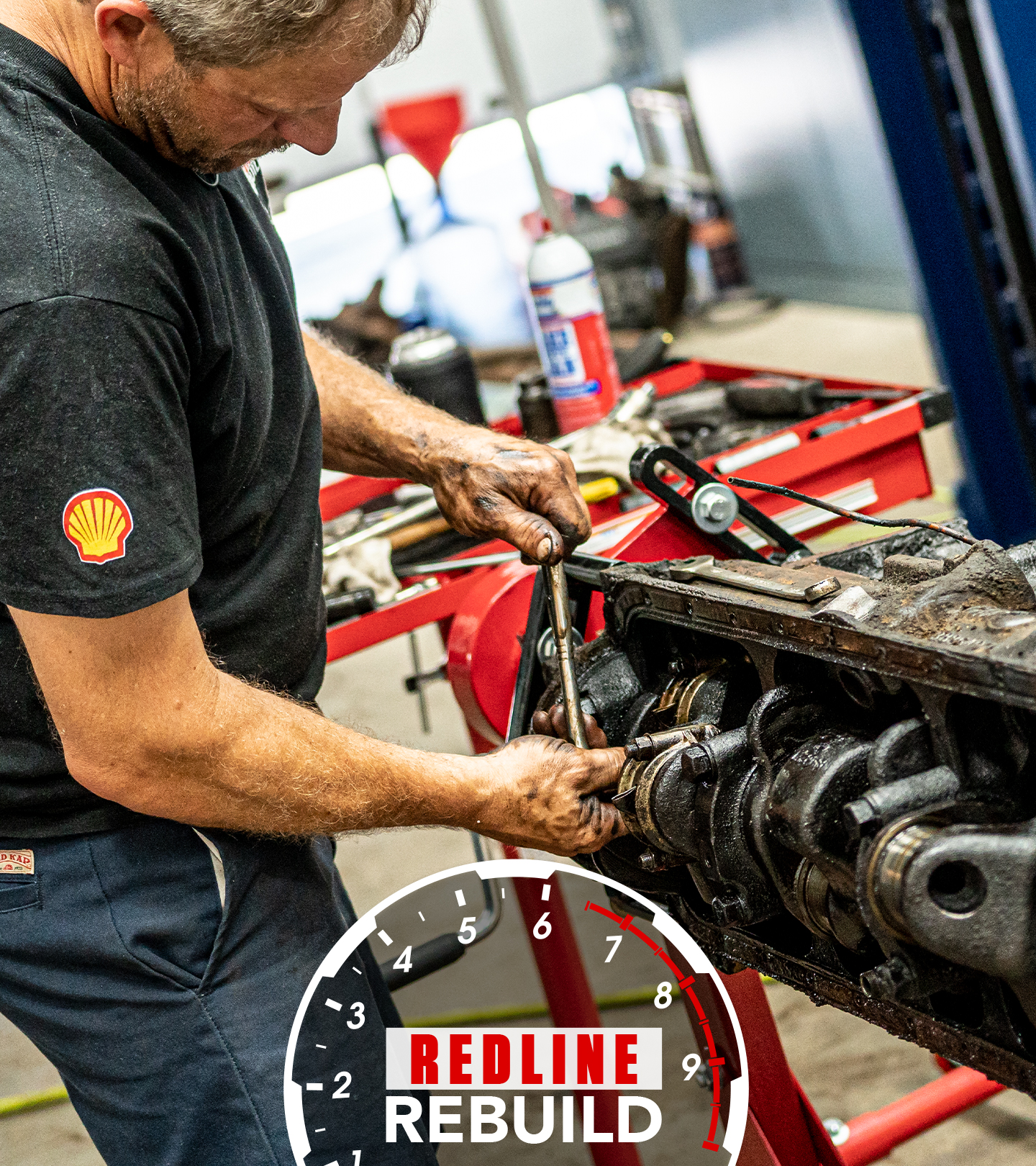DIY: Why proper wire gauge for your electrical project is so important - Hagerty Media
Automotive electrical systems strike fear into even seasoned garage restorers, but thankfully Matt Lewis is here for another episode of Hagerty DIY, in which he looks to ease your fears by explaining wire gauges means and how they affect the electrical system of your car.
Classic cars generally don’t have overly complicated electrical systems, but even a simple system needs to be properly assembled. For instance, just as you shouldn’t put tiny axles behind a torquey big-block, the proper gauge of wire is required to ensure current can flow properly and without causing damage.
Wire gauge is a single number that corresponds to the size of the wire. Contrary to rational thinking, the smaller the number, the larger the wire. Matt has a handful of options laid out on the table, ranging from four- to 24-gauge. The display shows how the four-gauge wire has larger strands of copper inside the insulation while the 24-gauge has finer threads.
So why not run every circuit in your car with four-gauge and call it a day? Well, it would be entirely overkill for the vast majority of the circuits in the car, while also being hard to bundle into a harness and crimp. It is also a consideration that much copper in your vintage ride would likely change the ride height with the extra weight.
Of course, running 24-gauge for everything to save weight and make it easy to build the wiring harness sounds attractive, but is also a bad idea. Matt puts current to the 24-gauge wire from a wireless tool battery, which easily overwhelms the thin wire, liquifying the insulation and turning the copper inside red hot. That 24-gauge is not going to be enough to run a heater blower motor.
Which is all to underscore that proper wire selection is important, especially if adding items to an existing harness—like an additional 12-volt outlet to charge phones or other electronics. If in doubt, research the current draw of the item you are wiring in, and be sure to use a wire gauge that can support it safely.
- 1
- /
- 3
Next episodes
You may also like










